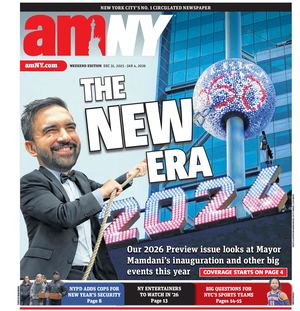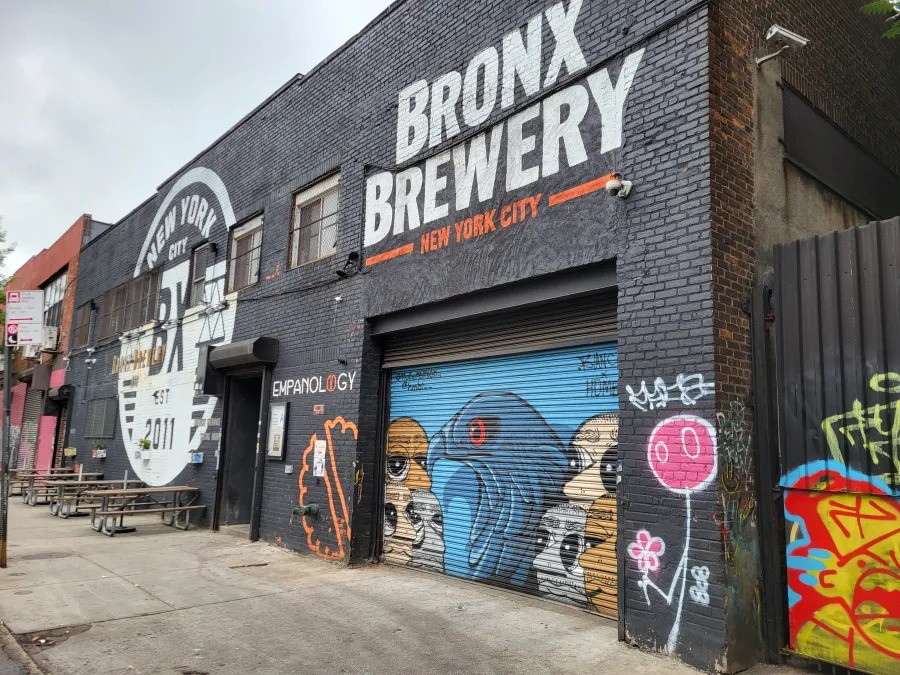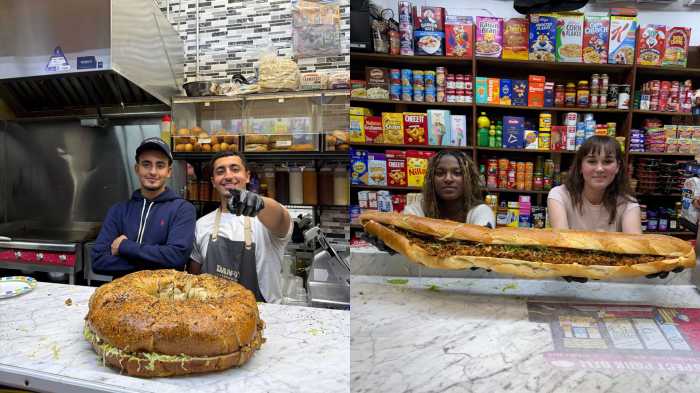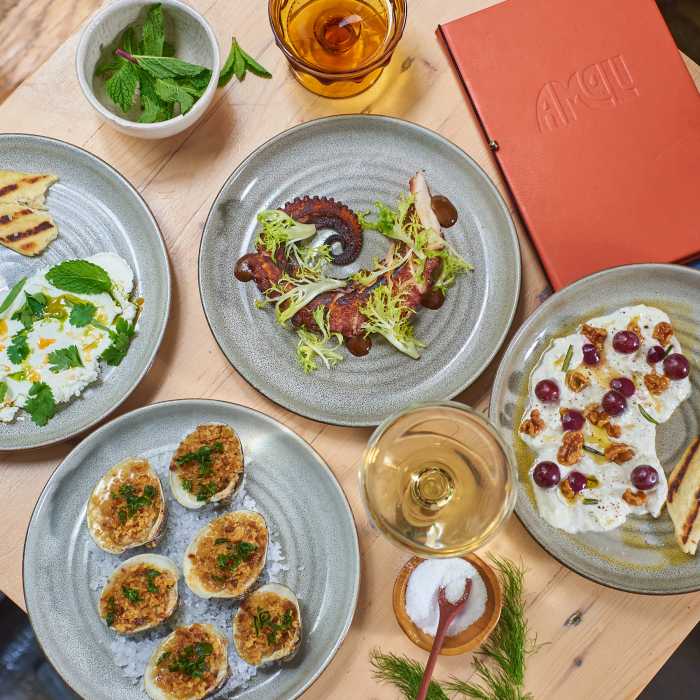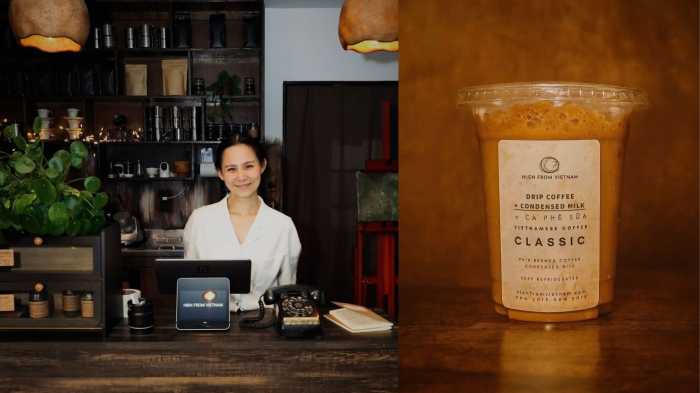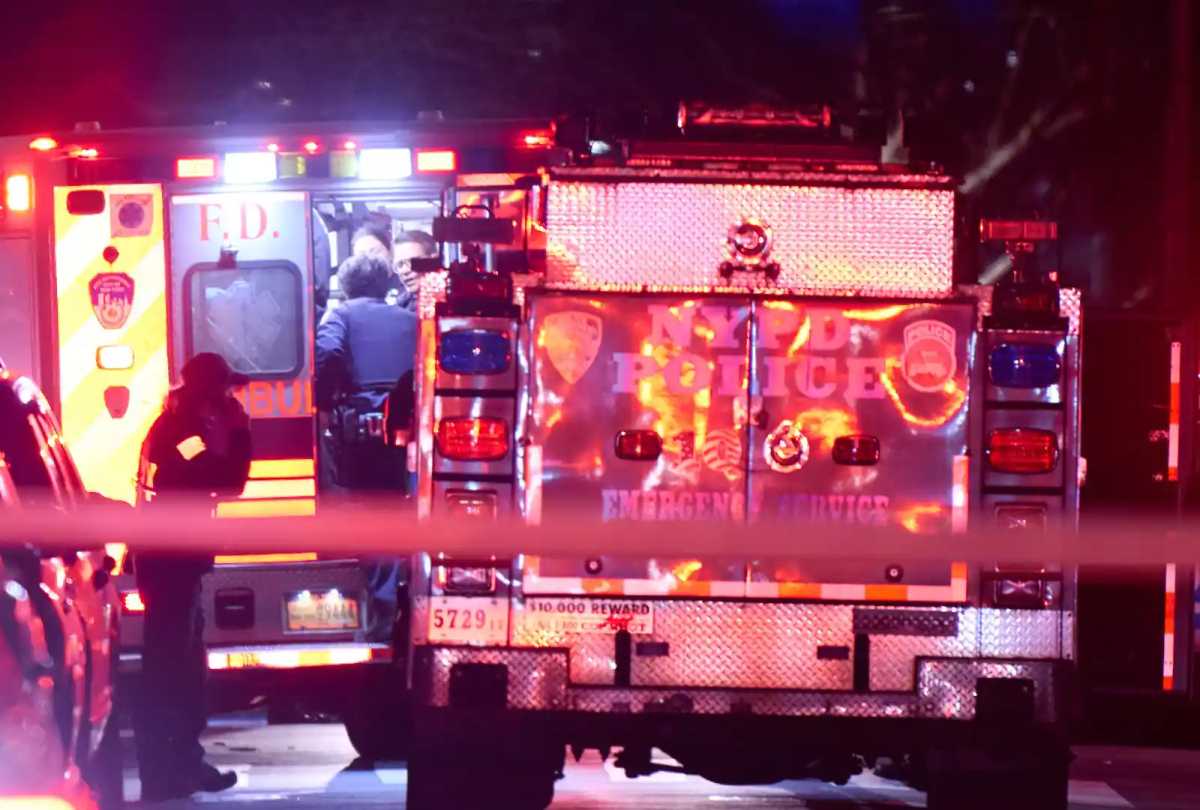New York City’s craft beer industry, once thriving, is now grappling with the growing pains of rapid expansion.
Rising rents, high labor costs, and intense competition — all plaguing the broader NYC bar and restaurant industry — are forcing some breweries to close, cut costs or at least look for creative ways to broaden their appeal as the initial novelty of craft beer has waned.
A recent wave of closures and changes has rippled through the tight-knit brewery scene. Coney Island Brewing closed its only taproom a year ago, though its beers are still available in bars and retail stores. Brooklyn saw another closure as recently as this month, when Greenpoint Beer and Ale Co. shuttered after ten years of business on Nov. 3.
In Ridgewood, Queens, the owner of Bridge and Tunnel, Rich Castagna, has publicly said his business is on the brink, having never bounced back from pandemic closures and the loss of loyal customers. Castagna recently launched a Patreon page for community members to help revive the business he grew from brewing beer in a single-car garage.
Amid closures like these, other breweries have changed strategies to increase their long-term viability. The Bronx Brewery, for instance, recently merged with Westchester-based Captain Lawrence Brewing Co. and will no longer make beer onsite, opting to cut costs by using their partner’s larger and more efficient brewhouse. Meanwhile, Torch and Crown, which had a production facility in the Bronx and a tap room in Manhattan, also recently shuttered its beermaking operations and laid off staff, reportedly to make its beer under contract at another brewery’s facility.
The owners of Torch and Crown and Bridge and Tunnel did not respond to request for interviews.
In order to stay competitive today, industry experts say breweries must rethink how they operate and what they offer. “Craft beer on its own isn’t enough to bring people in,” said Ann Reilly, director of the NYC Brewer’s Guild, which represents over 40 local brewers.
The boom is over
The craft boom — which experts say occurred around 2016 or 2017 — led to rapid growth: nationwide, the number of breweries more than doubled between 2015 and 2023, per the New York State Brewers Association. In New York State alone, the number of breweries surged from 95 in 2012 to 535 in 2023, according to the Association.
But shifting drinking habits are now adding to the industry’s challenges. The research firm Gallup reports that only 38% of Americans aged 18 to 34 now consider themselves “regular” drinkers, a sign of younger generations increasingly steering away from alcohol.
While changes in the business climate and consumer habits have sent a shock through the brewery world, industry professionals say the craft beer market is still growing — just not at the breakneck pace it once did.
The highwater mark for the New York City industry was 2017, with the opening of nine new breweries, making it the biggest-ever growth year, said Reilly.
But today, craft beer is no longer a novel option. Customers have absorbed it into their ever-expanding menu of choices, which may include wine, hard seltzer, cider and liquor — or no alcohol at all.
No matter the neighborhood, it’s clear that great beer alone is not enough to attract customers anymore.
“You need something to draw people out of their homes,” Reilly said.
In the early years, many breweries were so beer-centric, they ignored decor, food concepts and beverages beyond their own beer and refused to even hang televisions — an approach that is no longer effective, said Aaron Gore, who has consulted with over 70 breweries on three continents.
He said while the spate of New York City brewery changes now feels jarring, it’s actually a “typical adoption curve.” Approaching a decade since its peak, craft beer is now a “normal good” that can be found even at many dive bars, said Gore.
As breweries adjust to new expectations, many have renewed their focus on food — which Gore said is virtually required these days — as well as overall hospitality in an effort to become “better bars that just happen to brew beer,” he said.
“‘If you brew it, they will come’ — that doesn’t work anymore,” said Gore.
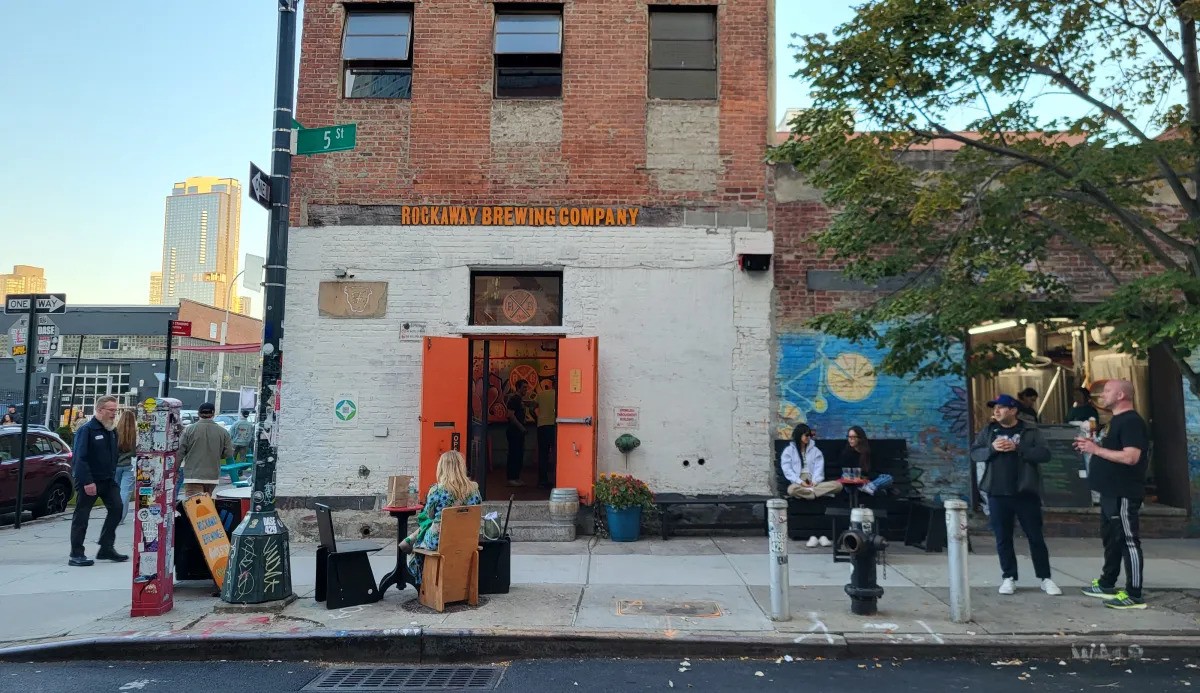
Breweries’ changing reality
In the post-pandemic economy, some local brewers have found it best to combine forces.
Gun Hill Brewing closed its Bronx tap room and production facility in May but kept its Brooklyn location in Industry City, Gun Hill Publick House, where neighborhood foot traffic was more reliable, said Dave Lopez, co-managing partner and co-founder of the company.
In the months since the Bronx closure, the company has found a unique way to consolidate operations while deepening its connections with others in the business.
Gun Hill still brews small batches in Industry City, but large batches are made at Vosburgh Brewery in the Hudson Valley, where Lopez’s business partner now lives.
But this was no random partnership. Gun Hill had already been making some of Vosburgh’s beers — and now they’ve flip-flopped, with Gun Hill’s brewer working at Vosburgh’s facility. The brewer also has his own brand called Endless Life — so the Brooklyn tap room carries beers by Gun Hill, Vosburgh and Endless Life, along with cider, wine and spirits.
Lopez called this a “symbiotic relationship” tailor-made for them. “We’re not dealing with someone else. We’re dealing with ourselves,” he said.
The industry has always been scrappy, and now it is undergoing “consolidation in terms of head count,” said Lopez. Business owners can’t control the cost of rent, utilities or supplies, but they can control labor costs — which often results in “fewer people doing more stuff,” he said.
For the city’s beermaking industry, Lopez issued a kind of warning: “Something has to give sometime soon.” Costs won’t go down, so more consolidations and cuts among even more breweries “almost feels inevitable,” he said.
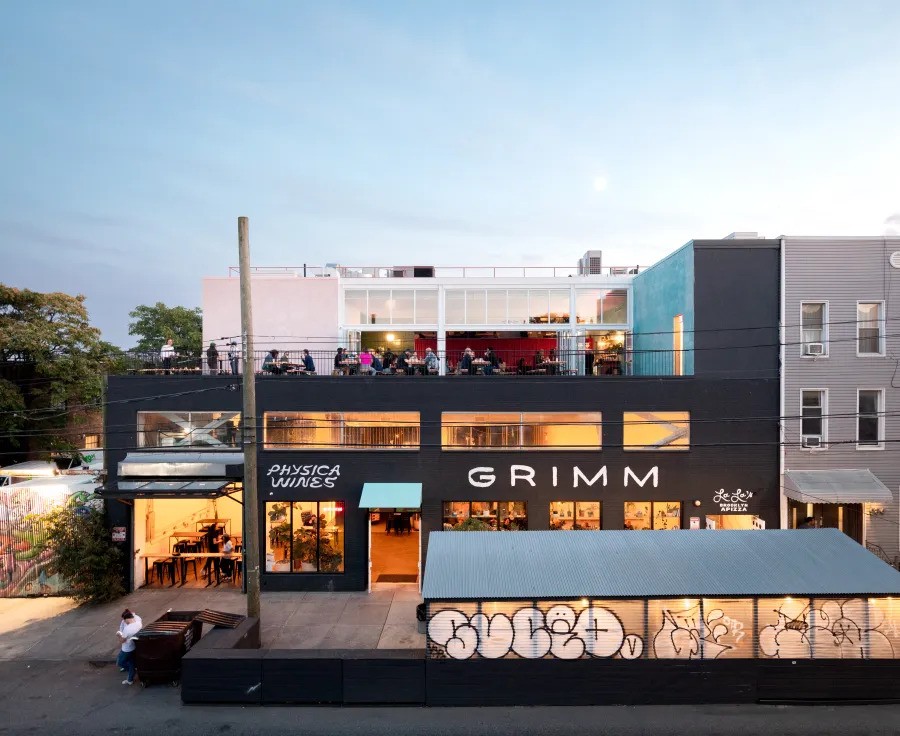
Still going strong
Despite the challenges affecting all small businesses, some local breweries that arrived relatively early on the scene are doing better than ever today.
The owners of Grimm Artisanal Ales in Williamsburg, Brooklyn, say their business has seen slow but steady growth since it opened in 2012. For Joe and Lauren Grimm, their success — including the addition of an open-air terrace and a pizza restaurant — has come from controlling every aspect of the operation, from recipes to equipment to the layout of the building they now own.
“It used to be enough to have the best beer,” said Joe. “Now, we have to keep that on point and do everything else too.”
In the early days, the Grimms were “nomadic,” cooking their recipes at breweries around the northeast region. Their big break came in 2018 with a loan from the Small Business Administration that allowed them to buy their current space in Williamsburg, along with custom equipment for their layout and preferred beer styles.
“Many of the contract breweries are very good at what they do, but it’s not the same,” said Joe.
Since its founding, Grimm has remained a family-owned business with no investors, according to Joe and Lauren. They now have 30 staff members and still produce all their beer onsite. In keeping with the element of control, even their pizza restaurant makes a type of pie unique to them and uses their own beer fermentation processes for the sourdough crust recipe.
But while the Grimms have found success by doing things their way, they also miss the personal touch of knowing everyone in the industry, and they said they can no longer keep up with openings and closures. As the local industry shrinks, “It is right now a painful time,” said Joe.
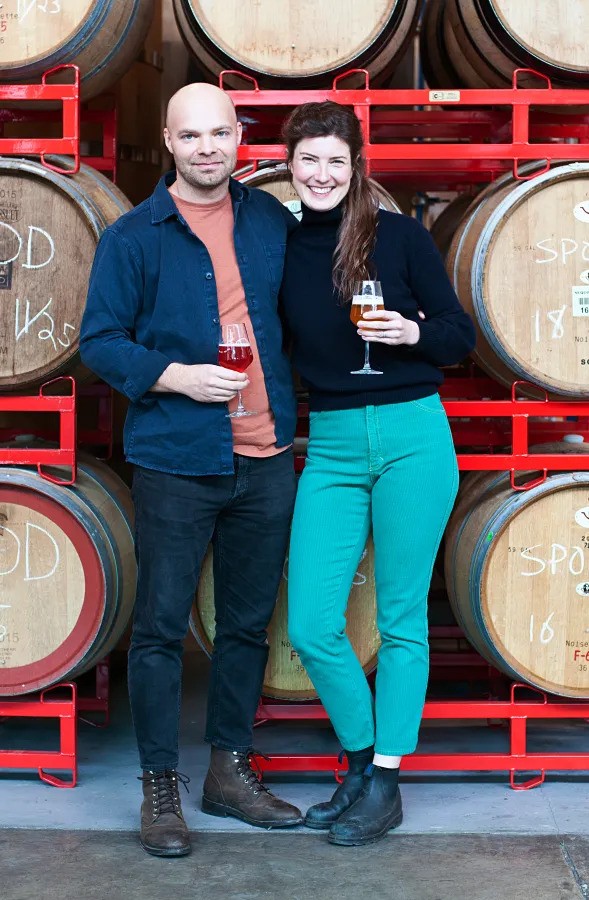
Wearing many hats
Rockaway Brewing Co. was also founded in 2012 and has a tap room, small event space and production brewery in Long Island City.
Rockaway has found success by keeping its operation tight, said Stjepan Pavich, head brewer and operations manager. All beer is still made onsite, but Pavich is one of only two people who make and package it. The entire company has only about 10 people, and “everyone wears a lot of hats” — like the bartender who is also a beer delivery driver.
Pavich said hearing about other brewery closures and layoffs has been alarming. While “it had to happen” due to oversaturation in the market, “You never want to see anyone fail or people lose jobs,” he said.
He said he especially worries about the small community of those who work in beermaking. It is a unique job, involving physical labor and machinery and combining elements of chemistry, biology, cooking and manufacturing. Pavich said he often wonders where those folks will end up if their positions are cut.
Reilly of the Brewer’s Guild expressed the same concern and noted that while more companies are “getting leaner when they need to,” they’re also focused on preventing employee burnout.
“At some point, your body’s not gonna let you lift 55-pound sacks of grain every day,” said Reilly.
Pavich noted that in New York City, where competition in every industry is fierce, customers have more high-quality choices than ever.
“Life in general has become one giant Cheesecake Factory menu,” he said, referring to the restaurant chain’s multi-page book of options. “What worries me is it stifles the push to want to own or start a brand or be a business owner,” said Pavich. “How do you do it when there’s 40,000 companies selling the same widget as you in every field?”
Going into the slow season at Rockaway, Pavich and his team are preparing to tighten up even more. The maturing of the brewery world means that it’s now harder for any one business to stand out, he said. “There’s less and less secrets about how to make great beer.”

Diversifying the industry
As the craft beer industry has grown, it has been forced to expand its reach, even to non-beer drinkers. Unlike the early days, it is now almost a given that tasting rooms will carry alcoholic options besides beer, plus non-alcoholic beverages and overall a wider range of offerings for those who want the tap room experience minus the beer.
The industry is also diversifying from within, said Reilly of the Brewer’s Guild. As many of today’s breweries abandon the stereotype of straight white guys with beards and flannel shirts, more beer companies are owned by women and people of color and are gearing their products towards those audiences, she said. The guild itself has internship and scholarship programs aimed at diversifying the beermaking workforce, said Reilly.
“I’m excited for the fact that the industry is looking more and more like our city,” she said.
Reilly and others believe expanding the industry’s image and reach will only contribute to its longevity. While things may look rough now, the professionals interviewed for this story agreed that their industry will carry on — and probably come out stronger as a result.
“I think the future of craft beer will be fine,” said Pavich at Rockaway. “People have been drinking beer for like five thousand years. They’re not just gonna up and stop drinking beer.”
This story originally appeared on our sister publication bxtimes.com.
